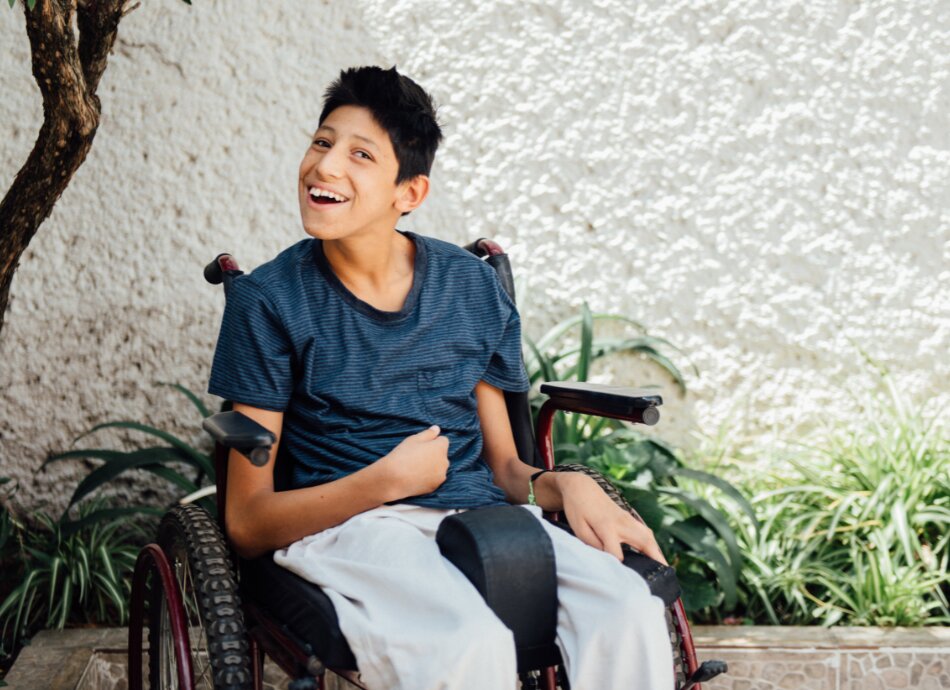Nutrition
It is important that children with CP receive adequate nutrition. This may involve help from a dietitian, speech language therapist, occupational therapist or the child's paediatrician. Some children need to have their feeding by mouth supplemented with tube feeding.
Hearing and vision
It is important to check your child's hearing and vision.
Epilepsy
Children who also have epilepsy may need to take medicine to control epilepsy.
Educational support services
Children with CP have the same rights to education as all other children. All children have a right to education and to enrol at their local mainstream school or early childhood centre. Your child will benefit from accessing educational support services in their preschool years as a foundation for future learning.
Children with CP are all different. The level of support they will need in an educational setting will vary. Physical disabilities and learning difficulties can both create significant barriers for children with CP in accessing education.
Some children manage well in a mainstream environment with no support. Other children will need one on one support or significant changes to the curriculum to support both their physical and learning needs. Some children will need support from physiotherapists, occupational therapists, and speech language therapists in school. These professionals will work closely with families and schools to make sure your child's educational needs are met.
You may choose to enrol your child in your local mainstream school or in a specialist school. Specialist schools have specialised teaching and therapy staff who work to deliver adapted curriculum programmes.






